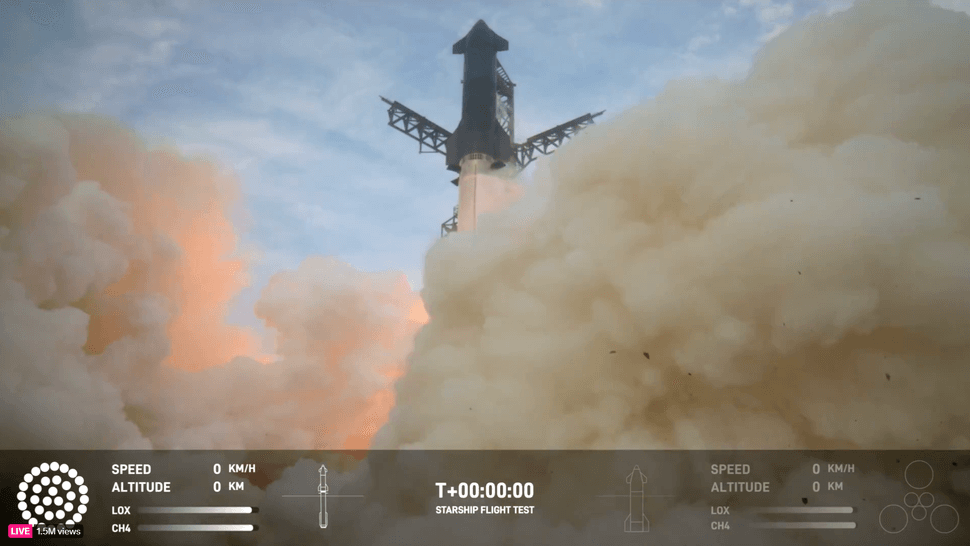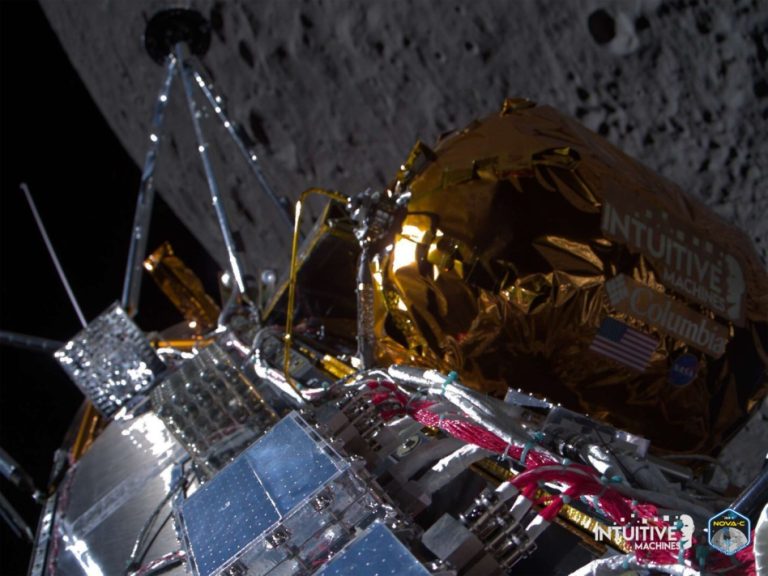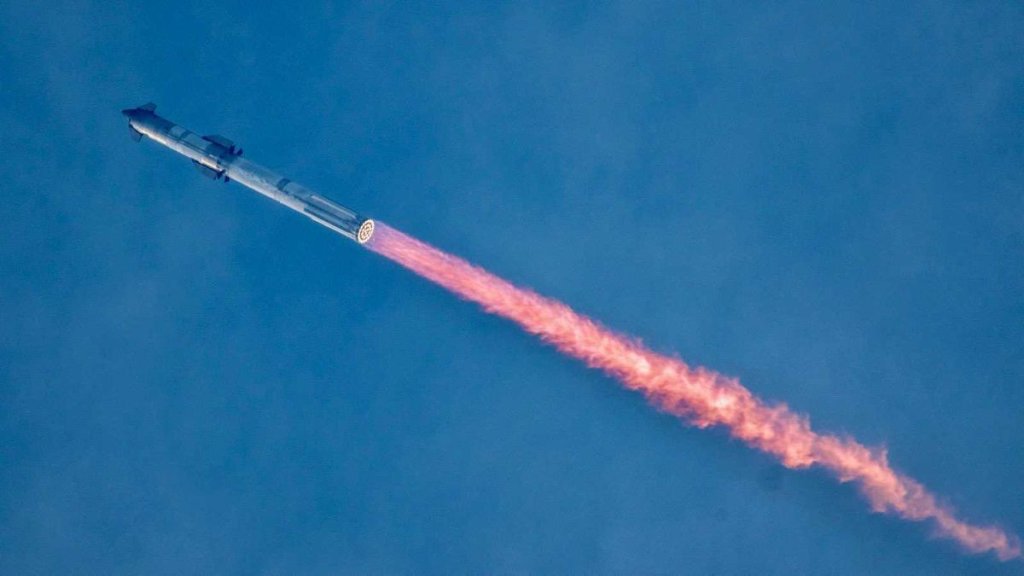
SpaceX launches giant Starship rocket into space on epic 3rd test flight (video) (Image Credit: Space.com)
SOUTH PADRE ISLAND, Texas — SpaceX’s Starship megarocket, the world’s lartest and most powerful rocket, reached orbit for the first time Thursday in a historic third test flight from South Texas.
Hundreds of Spring Break spectators, rocket launch chasers and SpaceX fans gathered along the southern shores of South Padre Island and surrounding areas to witness the third test flight of the largest rocket ever built. About 5 miles (8 kilometers) south of the crowds, SpaceX’s massive Starship vehicle lifted off this morning (March 14) at 9:25 a.m. EDT (1325 GMT) from the company’s manufacturing and test launch facilities near Boca Chica Beach.
“This flight pretty much just started, but we’re farther than we’ve ever been before,” SpaceX spokesperson Dan Huot said just after liftoff in a livestream. “We’ve got a starship, not just in space, but on its coast phase into space.”
Cheers erupted from the South Padre crowd as the dim morning sky was illuminated by the ignition of Starship’s 33 first-stage Raptor engines, which quickly shrouded nearly the entire vehicle in a plume of dust and smoke. Seconds later, the 400-foot tall (122 meters) rocket rose from the plume, quickly increasing its climb skyward.
Related: See stunning photos and video of Starship’s 2nd launch
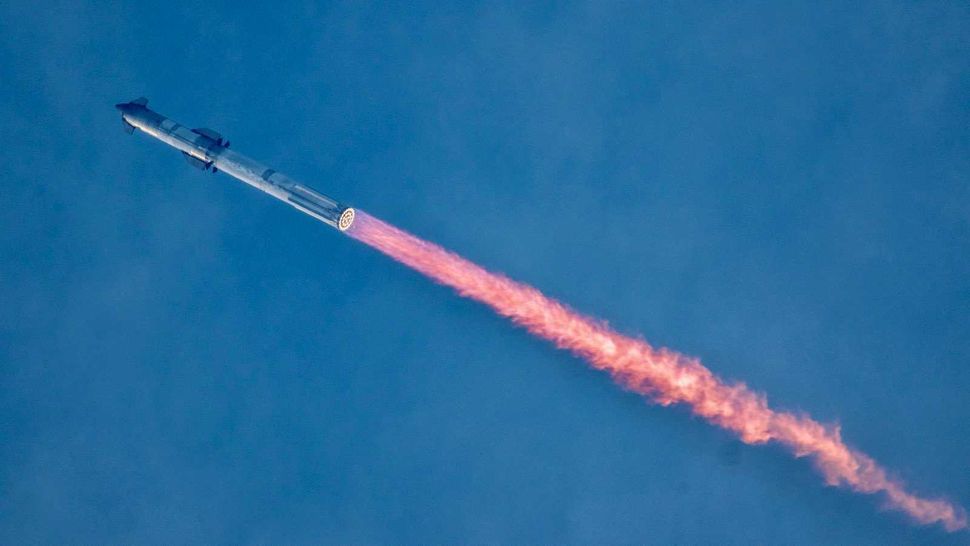
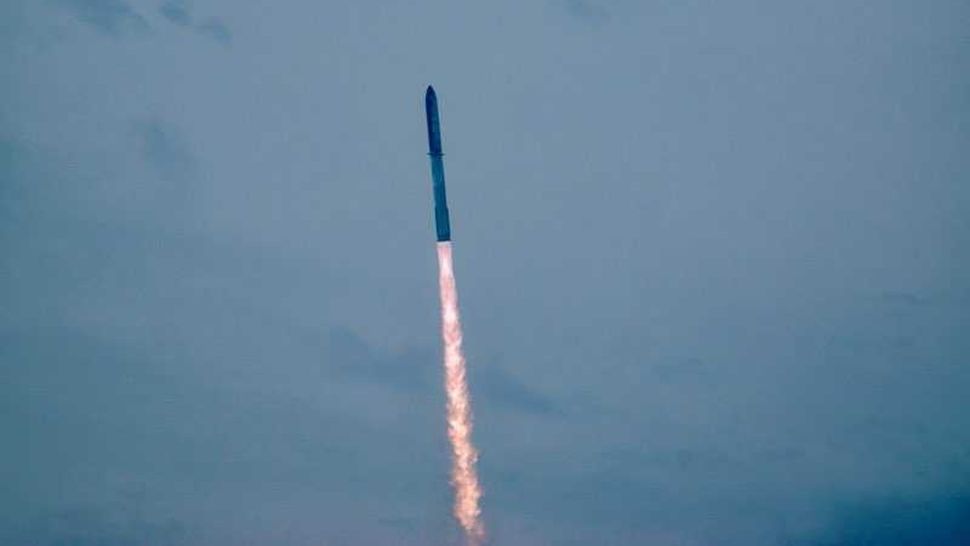
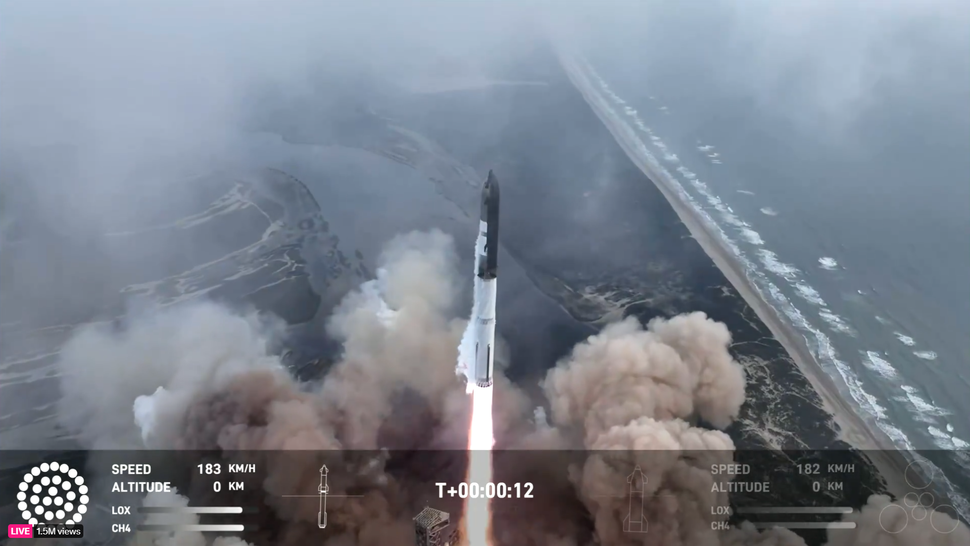
Today’s launch, designated Integrated Flight Test-3 (IFT-3), was the third test mission for the fully stacked Starship. The first and second Starship launches both ended explosively last year, with the vehicles detonating before the completion of each flight’s mission objectives. However, data collected during those first flights helped SpaceX engineers get Starship ready for success down the road.
Improvements made between IFT-1 and IFT-2 last year included the implementation of a “hot staging” technique, in which the upper stage engines begin firing before Starship’s first-stage booster, known as Super Heavy, fully separates. IFT-2’s hot staging maneuver was a success, as it was today as well.
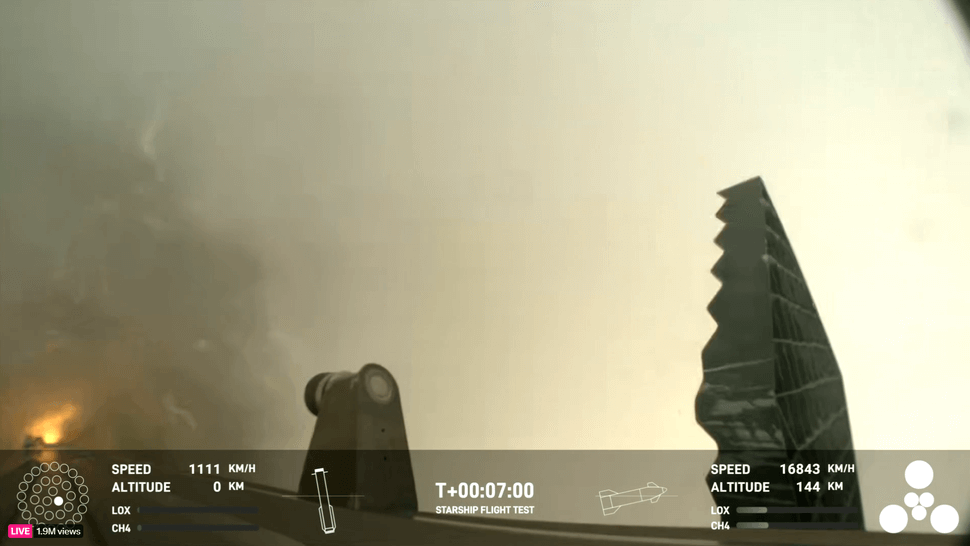
High in the sky, Starship’s two stages separated about 2 minutes 45 seconds after liftoff, sending the 165-foot-tall (50 m) upper-stage spacecraft onward to space while Super Heavy began preparations for a boostback burn to redirect its trajectory. That post-staging burn reversed Super Heavy’s velocity, and was intended to be followed minutes later by a landing burn above the Gulf of Mexico. However, it appears the Super Heavy’s engines did not relight as planned, leading to the loss of the booster.
“It didn’t light all the engines that we expected and we did lose the booster,” Huot said. “We’ll have to go through the data to figure out exactly what happened, obviously.”
Starship is designed to be fully reusable, and SpaceX plans to land and relaunch its Super Heavy boosters, as it does with its Falcon 9 rockets. In the future, two “chopstick” arms on Starship’s launch tower will catch the Super Heavy booster as it returns for landing, but the landing burn for IFT-3’s Super Heavy was followed by the booster’s splashdown in the Gulf.
Related: Starship and Super Heavy: SpaceX’s deep-space transportation for the moon and Mars
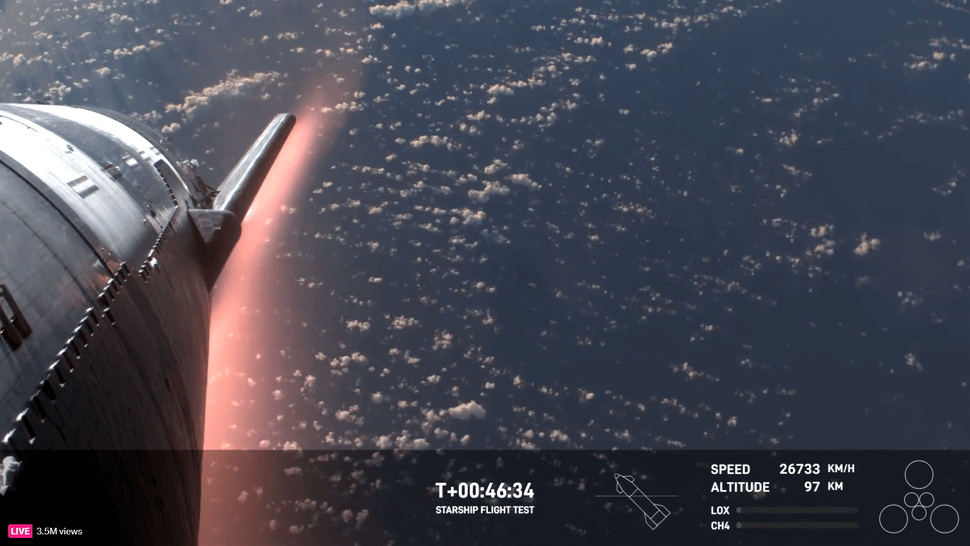
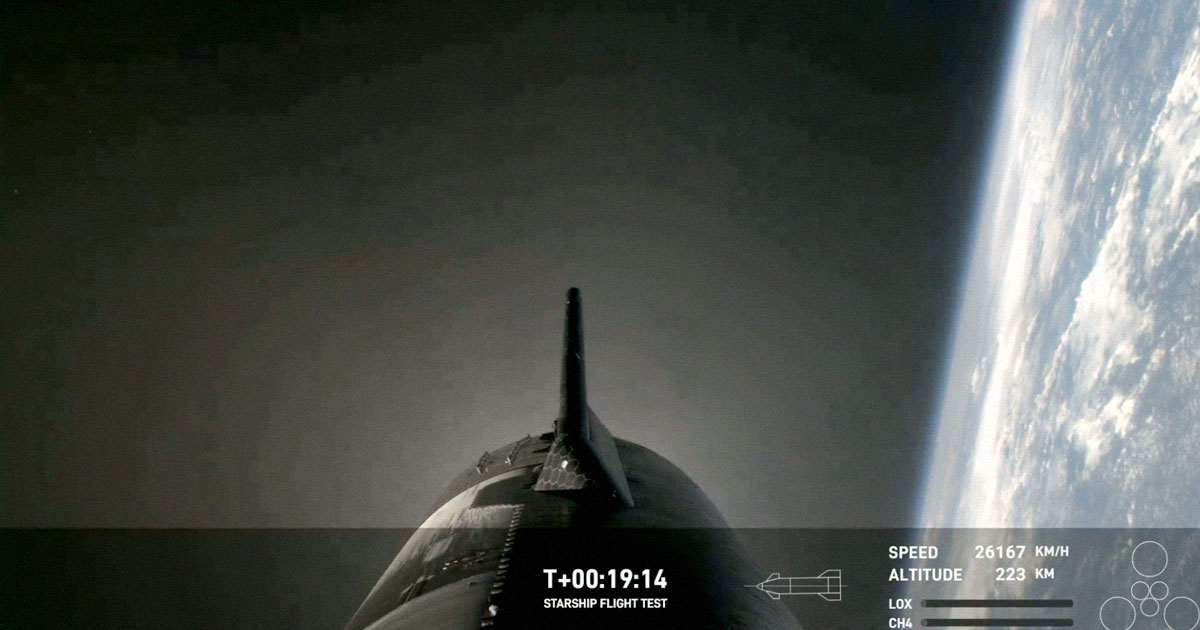
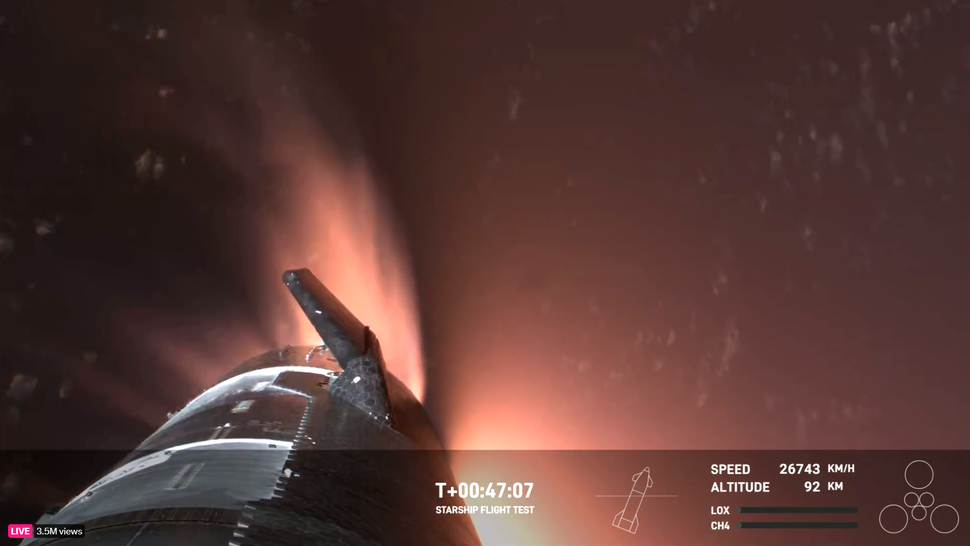
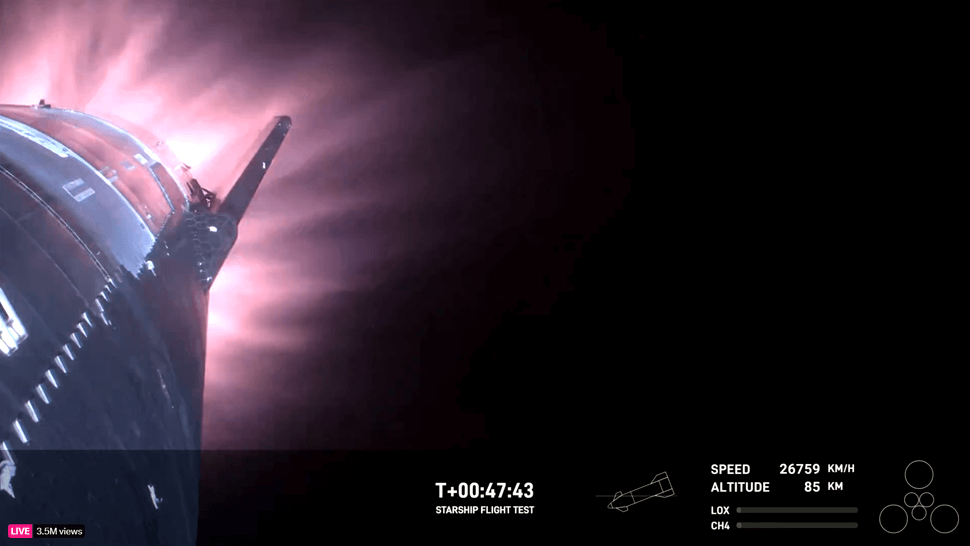
Starship’s upper stage continued flying after separation, but didn’t attempt to go into a full orbit. Instead, the spacecraft entered a suborbital coast phase as it soared above Earth, during which SpaceX hoped to demonstrate two of the spacecraft’s flight systems toward vehicle qualification — the reignition of Starship’s Raptor engines and the transfer of cryogenic fuel between tanks. Following these demonstrations, the spacecraft was expected to splash down in the Indian Ocean about 65 minutes after launch.
Rapid progress is needed for Starship, which is on the critical path for NASA’s Artemis 3 mission. Artemis 3 aims to land the first humans on the moon since the end of the Apollo era in the early 1970s. Artemis 3 is currently scheduled for 2026, giving Starship less than two years to meet NASA vehicle qualifications for landing astronauts on the lunar surface.
Related: Facts about NASA’s Artemis program
SpaceX has a lot riding on its Starship reusable launch system, chief of which is its role to land NASA Artemis 3 astronauts on the moon by 2026, which will require over a dozen Starship launches per lunar landing. The company has already sold private trips around the moon on Starship and sees Starship and Super Heavy as the lynchpin of its Mars and deep-space exploration plan, as well as heavy-lift launch options for its Starlink megaconstellation and other payloads.
SpaceX Starship Test Flight 3 Timeline
| TIME (Hr:Min:Sec) | FLIGHT EVENT | Header Cell – Column 2 |
|---|---|---|
| T+00:02 | Liftoff | Row 0 – Cell 2 |
| T+00:52 | Starship/Super Heavy reach Max Q | Row 1 – Cell 2 |
| T+2:42 | Super Heavy main engine cutoff | Row 2 – Cell 2 |
| T+2:44 | Hot-staging separation/Starship Raptor engine ignition | Row 3 – Cell 2 |
| T+2:55 | Super Heavy boostback burn startup | Row 4 – Cell 2 |
| T+3:50 | Super Heavy boostback burn engine shutdown | Row 5 – Cell 2 |
| T+6:36 | Super Heavy is transonic | Row 6 – Cell 2 |
| T+6:46 | Super Heavy landing burn | Row 7 – Cell 2 |
| T+7:04 | Super Heavy landing burn shutdown | Row 8 – Cell 2 |
| T+8:35 | Starship engine cutoff | Row 9 – Cell 2 |
SpaceX has other plans hinging on Starship as well. The company is relying on Starship’s unmatched payload capacity to launch the next generation of its Starlink internet satellites. Other Starship flights have been purchased by private entities, including Japanese billionaire Yusaku Maezawa’s Dear Moon mission to fly himself and eight others around our nearest celestial neighbor.
Starship’s success today likely signals an uptick of launches from SpaceX’s Boca Chica facility. Equipment needed to build a second launch tower at the site have begun arriving for assembly, and infrastructure supporting Starship launches from NASA’s Kennedy Space Center in Florida are also well underway.
A faster launch cadence would expedite Starship’s qualification by NASA to carry astronauts, but reaching NASA’s ambitious Artemis 3 timeline may still be a stretch. SpaceX is no stranger to fast launch cadences, though. In regular operation now for over a decade, the company’s Falcon 9 rocket has broken its own annual launch record for year after year, and is set to do so again in 2024.
Starship is designed with even more rapid reusability in mind. SpaceX founder and CEO Elon Musk has said the company eventually aims to launch, land and relaunch multiple Starship vehicles daily.


